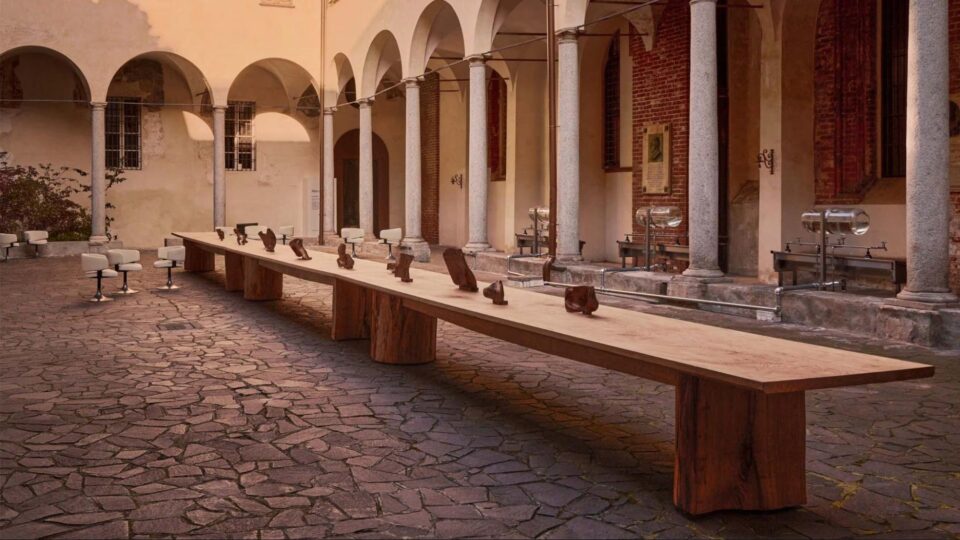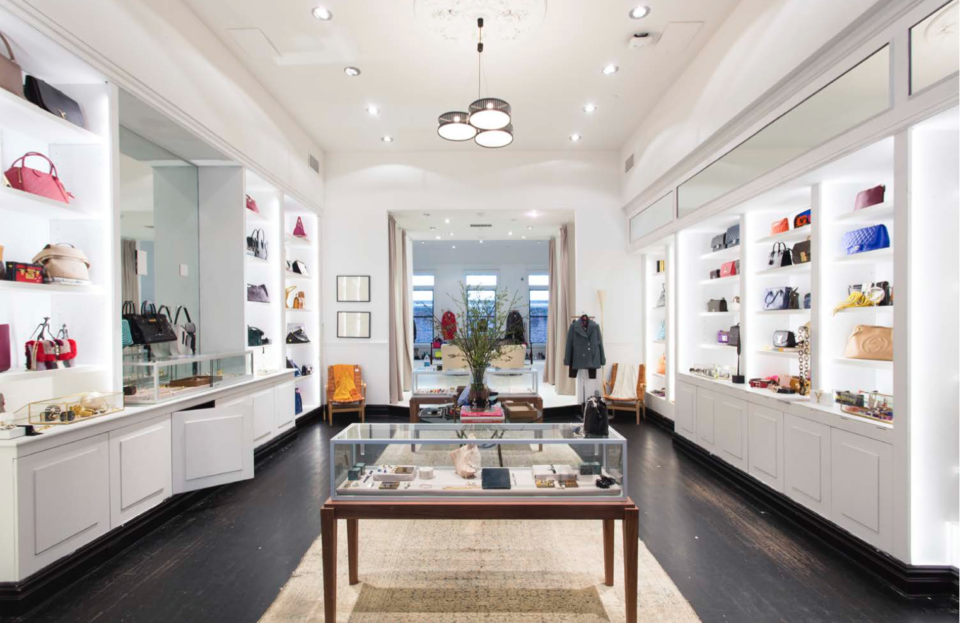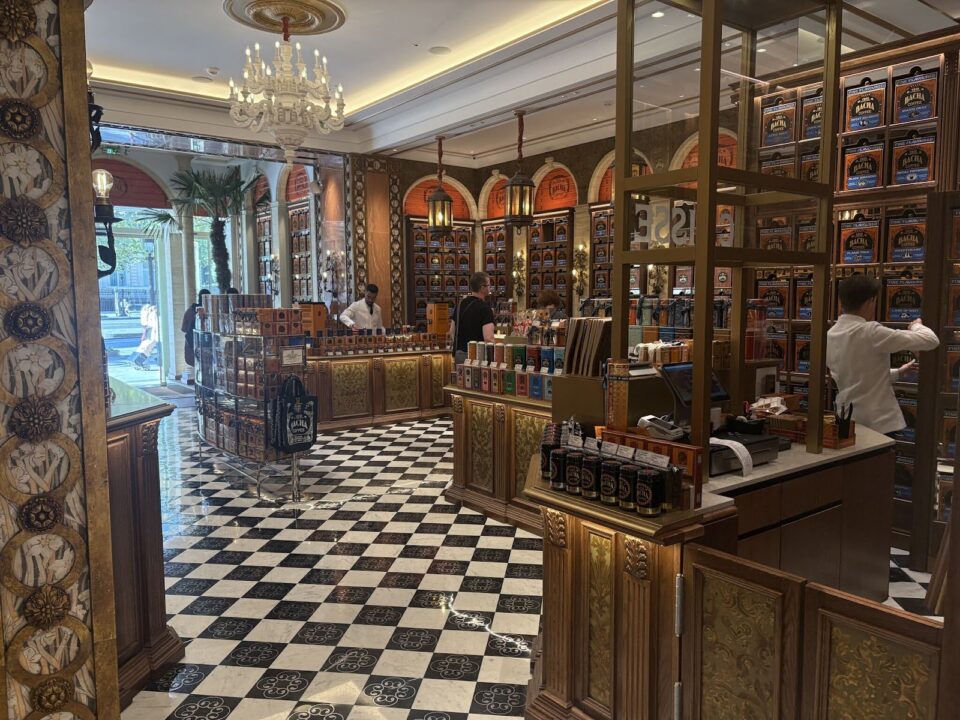What’s the Next Generation of Omnichannel?
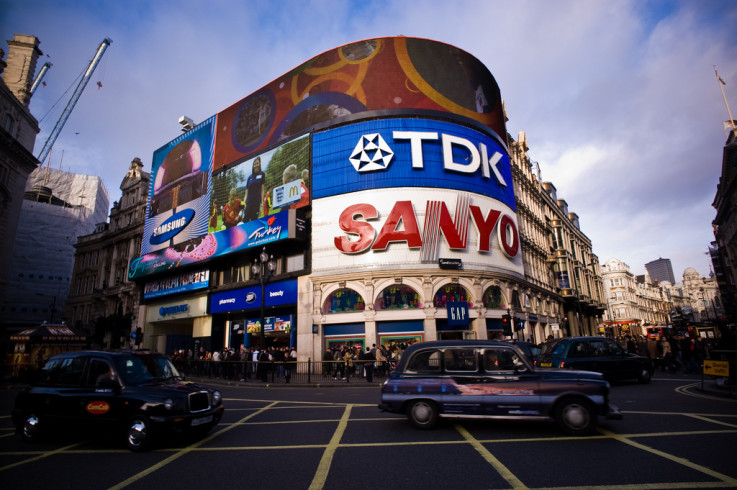

Omnichannel. Like it or not you can’t get away from the latest buzzword. All retail is chasing the truly joined-up continuous experience for customers. An omnichannel strategy brings together all the different ways customers like to shop in a consistent fashion.
Brands have been working to seamlessly link up the buying experience across their website, app or mobile, social media and in-store. While there are some great examples out there, more needs to be done to make reliable and responsive shopping through all channels a reality. Customers should be able to engage with a brand or product on any channel and complete a purchase on another without thinking. The path to a sale should effortlessly unfold – whatever route they take to it. And all with a consistent brand experience.
However, a true omnichannel mindset goes beyond making the points of sale work together. It’s great if a customer can move between channels easily when buying something. But does the way retailers market to those customers also cross all those channels? Are they being reached in a way that’s consistent across every platform, but also relevant to them
Adapting to the customer
Retailers have a huge amount of data on their customers. They know where and when they shopped, if they abandoned their basket, their purchase history and more. All this can be used to tailor the shopping experience to each individual. And to adapt it depending on whether the customer is in-store, online or on their mobile.
Context is also an important factor. Let’s say you know a customer recently added a pair of shoes to their online shopping basket, but then didn’t complete the purchase. Next time they walk past your store you could ping to their mobile that those shoes are in stock and their size.
Or perhaps they had decided to go in-store to buy the shoes instead. A sales assistant with prior knowledge of what the customer had looked at could recommend the perfect bag to go with them.
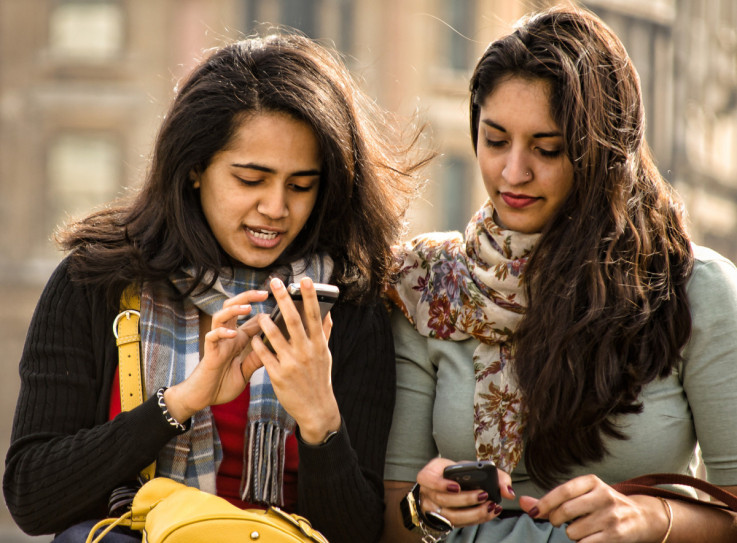
The marketing and selling experience should be consistent. Many companies offer online only discounts or offers to customers. This doesn’t make for a consistent experience for customers who may be near a store when a friend tells them there’s an offer on their favourite brand.
If a customer sees a product advertised in-store and it’s not in stock they can become frustrated. The advertising that’s promoted to them on social media should also be relevant. Teenage girls aren’t going to be interested in your new over 50s skincare range.
Customers want to feel that retailers are responding to them and their needs. Advertising is one of the key ways retailers communicate with their customers, so it needs to join up with the rest of the experience.
Personalised advertising
Too many brands still rely on mass advertising. They promote the same product in one way to all potential customers. Some may be interested, many will not.
How much better would it be if the adverts were personalised towards the individual customer? Localz is one company that helps brands use location to figure out where their customer is and what they might need next. It works by knowing where the customer’s phone is and what it is next to.
Localz’ technology could tell the retailer where a customer is in the store and instantly change the digital signage to display something that is relevant to them. All based on existing data on the customer.
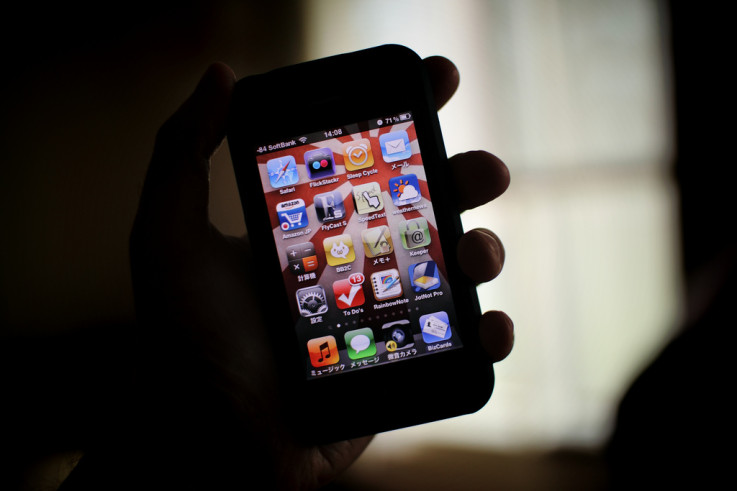
It could help brands make their own apps more responsive to each customer using them. That might mean showing them information based on where they are and what stores they’re near. It might be in the products that are advertised to them when they log in.
Internet of things company Boldmind is also exploring technology to personalise advertising. Using big data analytics it can help retailers predict when certain groups of customers may be in-store. For example, after the end of the school day a clothing brand may see a higher number of teenage girls in-store. As such, they can change the digital signage to adverts tailored to this group.
In-store facial recognition is another area Boldmind is trialling. Not only can this technology identify who the customer is, and therefore show relevant products to them, but it can also read their emotions to gauge their response. For retailers this could help inform future marketing to that customer. It could also provide wider feedback on the responses to certain product lines or styles.
No more discounting
One major retail trend has been discounting as a way of gaining customers. Price wars rage between supermarkets. Brands seem to be in a constant state of sale. Yet, many of these discounted products could, and would, be bought by customers at full price.

Let’s say a retailer has too much of a certain item in stock. Rather than immediately discounting it to try and sell some of the excess, they could try marketing it to customers nearby. They could ping passers-by who fit the demographic of a possible buyer. For a handbag this would probably mean women, for men’s shirts it would be men. But if a retailer knows that a man has recently been looking at handbags online, perhaps as a gift, they could also target him.
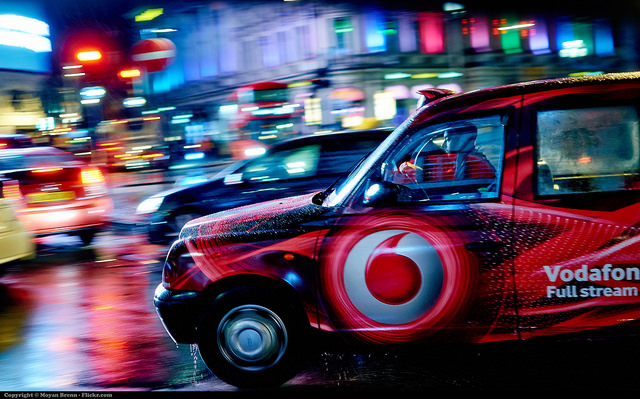
Alternatively they could look at smarter advertising. If you are going to do big mass advertising to the public it’s time to start being smart about it.
OfferMoments is a company that tailors the content on its digital billboards based on data. This could be the person walking towards it. But it can also change based on the nearest stores and what they have in stock.
A retailer could use this to promote an item that they have too much of to people walking past, who may then go in-store and buy it. It gives them an opportunity to try and sell more in a targeted way, before looking at discounting.
Boldmind is offering something similar that lets advertisers utilise advertising space for short periods. Much like the above example retailers could use this to deliver a burst of advertising to passers-by about a new product or one they want to sell more of. Again no discounts are involved – it’s about communicating to customers in real time based on what you want to sell.
Boldmind’s software also lets retailers act on real time data in other ways. If it identifies that the weather is sunny it could tell digital shop window displays to switch advertising to BBQs or sunglasses. A shoe shop could go from flip flops and sandals in sunny weather to wellington boots if it’s raining. This offers something useful to customers based on what is happening in the real world.
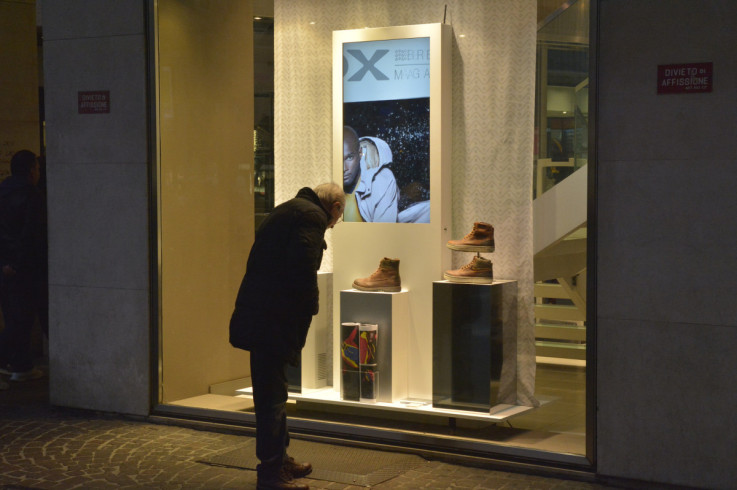
Technology like Localz’ could easily let retailers offer discounts to customers as they walk by a store or approach the till. A better use of discounting though might be to offer them a discount on a related purchase.
If a customer has reserved a TV online and is collecting in-store, they could get a notification offering them 20% off speakers when they arrive. Someone using click and collect to get a new outfit could be offered 10% off some matching shoes. A customer buying a record player could be given 20% off their choice of vinyl to go with it.
These are all ways of enhancing the customer experience, but without using discounting as a way of achieving the initial sale. Instead, there’s a focus on adding value for the customer.
The next generation of omnichannel
Bringing together the customer experience across all channels so customers can seamlessly move from one to another is a major challenge. The next challenge is to link this in with marketing. The next generation of omnichannel needs to be about developing a much wider ecosystem around the customer. Companies need to really get to know customers, using all of the data and information they have about them.
Once retailers have that they will be able to communicate with the customer in smarter ways. It becomes less about just marketing to them and more about offering things of value. Great advertising doesn’t sell a product. It sells the ideal of a lifestyle, feeling, emotion. Now imagine how much more powerful that would be if it was tailored to each and every customer.
To experience the very best of London’s retail for yourself, book one of our Insider Trends retail safaris. Find out how they can benefit your business here.

